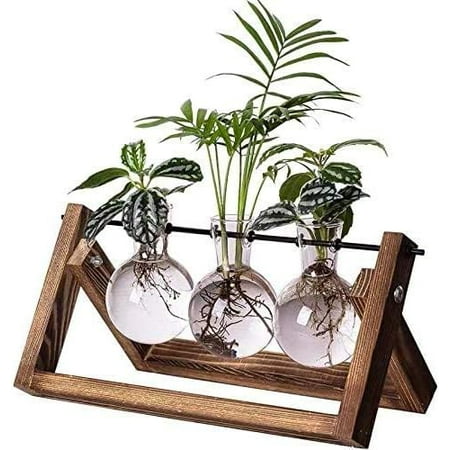7 easy houseplants to propagate in fall and winter – to continue expanding your indoor jungle year-round
Dark and cold days won't stop these houseplants rooting
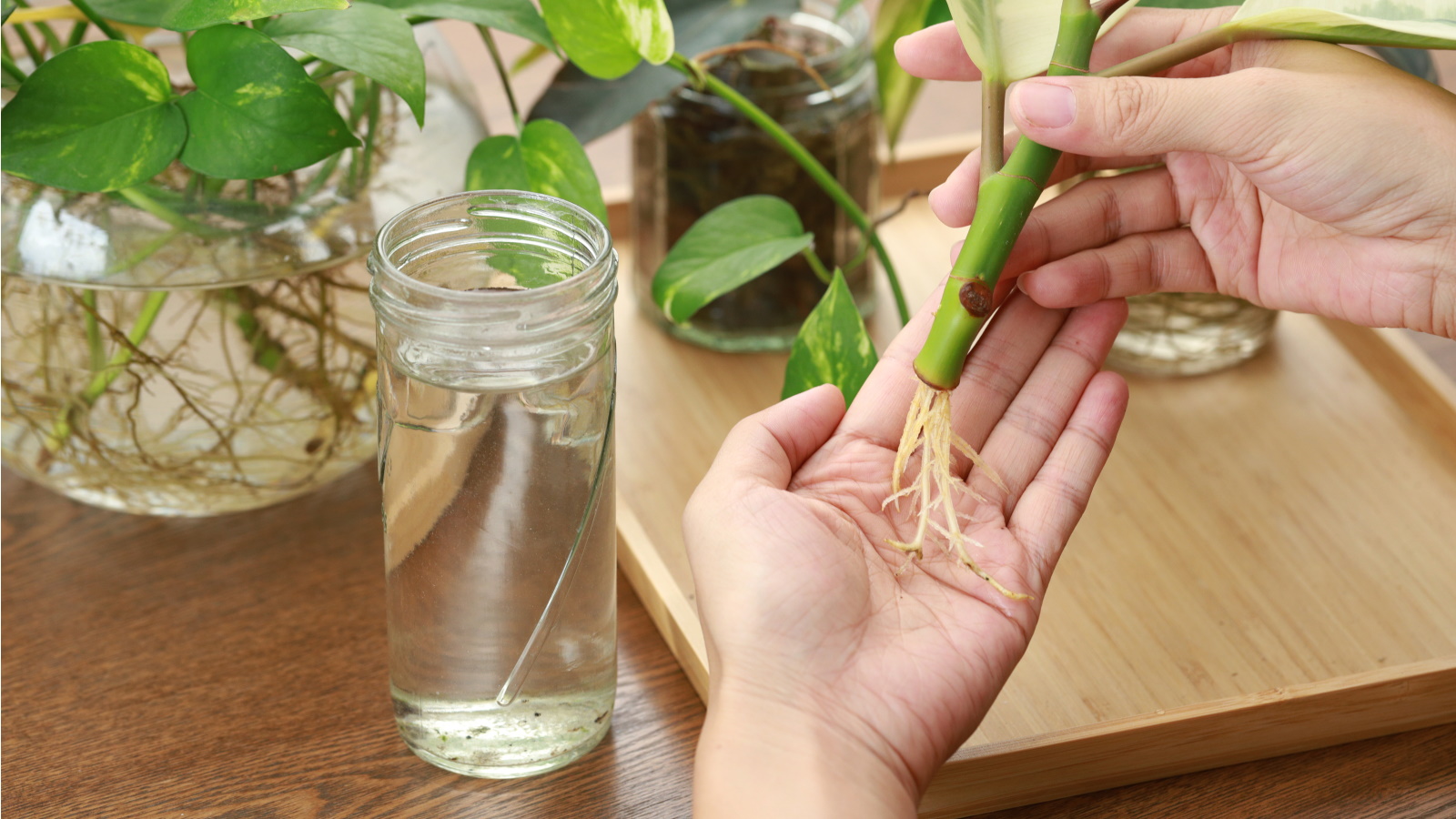

I find houseplant propagation addictive - it creates new plants and keeps existing ones looking tidy. As a result, I propagate houseplants year-round for my own home and to gift to friends and family.
When I first started experimenting with houseplant propagation, I quickly identified the easiest houseplants to grow from cuttings within my large collection. While it would be a houseplant propagation mistake to try and propagate trickier indoor plants outside their active growth season, the easiest houseplants to propagate aren't fussy about the time of year.
So, if you're like me and don't want to put a pause on your mission to grow an indoor jungle, check out these easy houseplants to propagate in fall and winter.

7 easy houseplants to propagate in fall and winter
The main elements of successful propagation are warmth, moisture and light. Thanks to the indoor environment of our homes, it's possible to keep propagating many houseplants throughout fall and winter. However, you might find you need to make some adjustments to help speed up houseplant propagation during this period - like using grow lights for houseplants and other indoor growing systems.
1. Spider plant
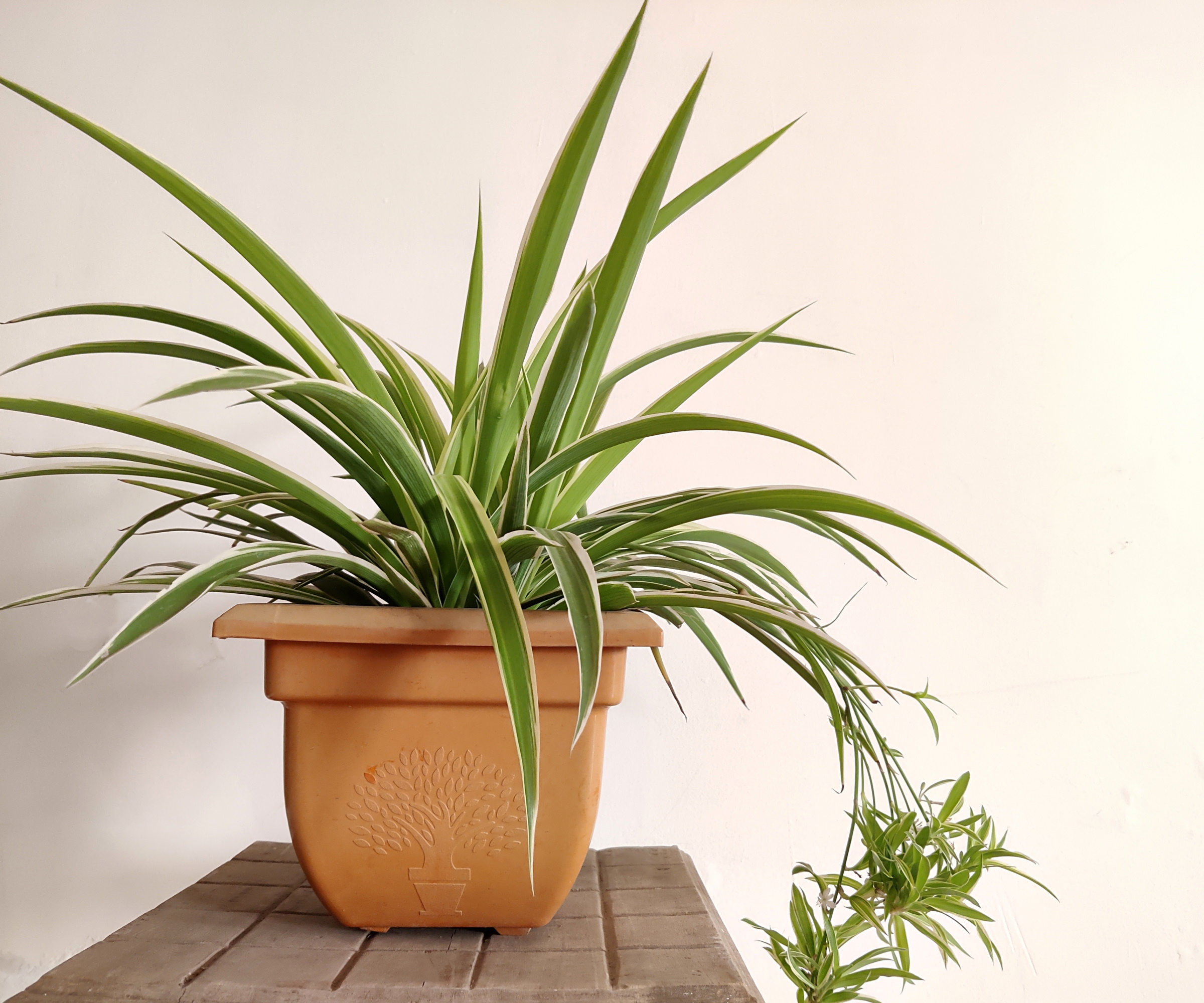
Every houseplant lover knows that a spider plant is the obvious choice for an easy indoor plant to start off your collection.
If you place your spider plant near a bright window during mild fall temperatures, it's likely it will produce long stems with offshoots, or pups, just as it does in spring and summer. 'To help your spider plant produce pups, place the mother plant in bright, indirect light and water it regularly without over-soaking the soil,' advises Lindsey Chastain, a homesteader and founder of The Waddle and Cluck blog.
I have even found my spider plant produces pups when I've slightly neglected watering it - these plants simply want to keep reproducing, no matter the conditions.
To propagate a spider plant, simply taking essential pruning tools - like these gardening scissors from Amazon - and cut at the base of the offshoot, removing it from the stem. You can then plant it in some potting mix, keeping it moist and in a bright windowsill to encourage roots to develop.

Lindsey started gardening in 2005, when her first son was born, as a way to save money. It started with a small window herb garden, then expanded to potted vegetables, and now, she and her husband can regularly be spotted in the garden on their homestead.
2. Tradescantia zebrina
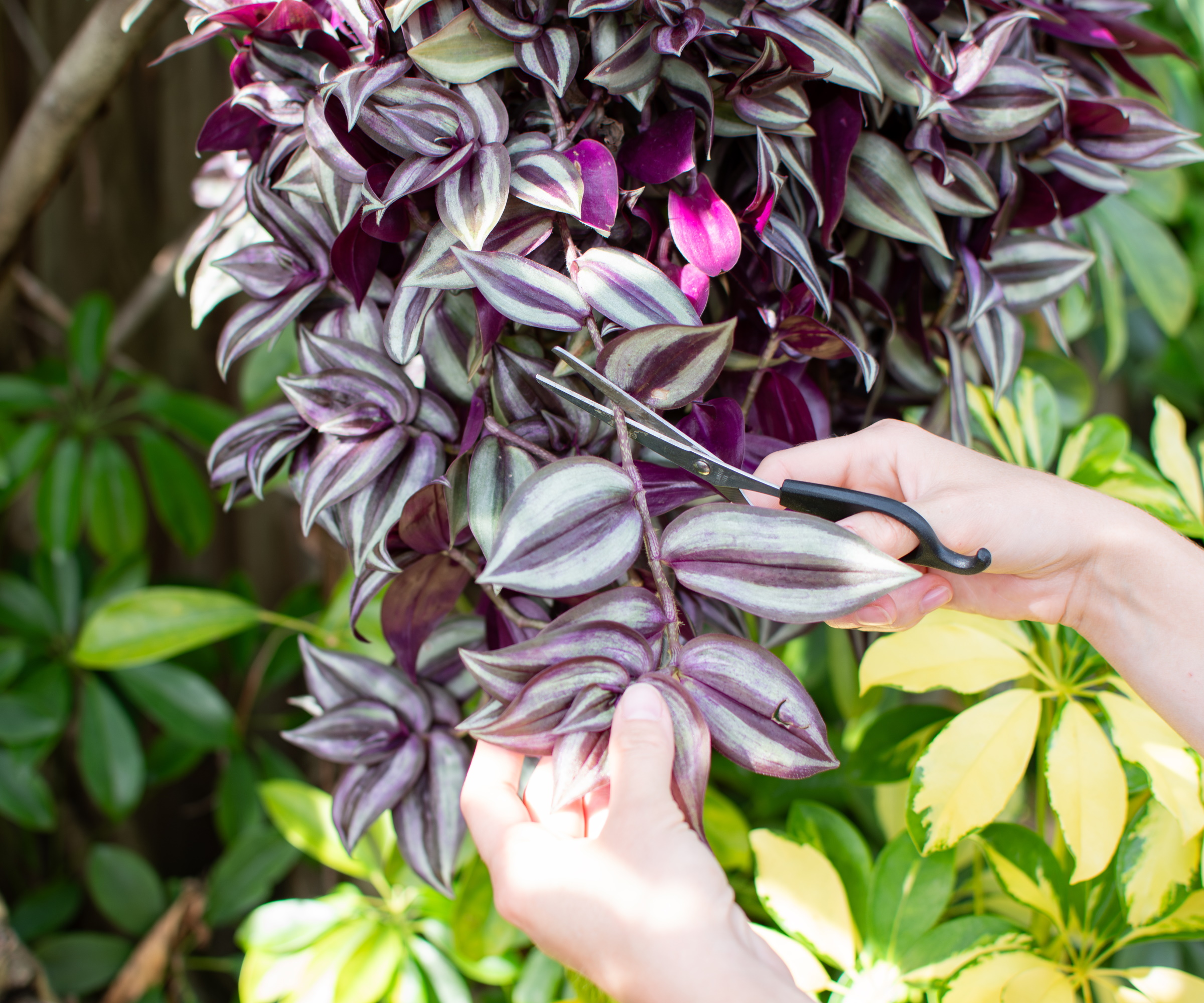
This is by far the easiest houseplant to propagate in my collection. This fast-growing indoor plant almost instantly starts rooting after you plant a cutting, which is why I have propagated my tradescantia for nearly everyone I know.
Tradescantia zebrina is a particularly pretty variety, as a houseplant with dark foliage and silvery sheen.
'Even with low light or when left in neglect, it can grow rapidly in the right soil,' says Melvin Cubian from Plantin. 'And because of this aggressive habit, stem cuttings, at least three to four inches long, can easily grow and establish even in the off-season,' he adds.
The challenges of caring for houseplants in winter doesn't faze tradescantias, doing well as indoor low light plants that will continue to grow in fall and winter. To aid propagation and to keep your houseplants warm in winter, try using this plant heat mat from Amazon.

Melvin is a certified gardening and plant care expert at PlantIn, which provides a personalized experience for anyone interested in planting and gardening. He is also currently studying for his masters degree in Plant Health.
3. Ivy
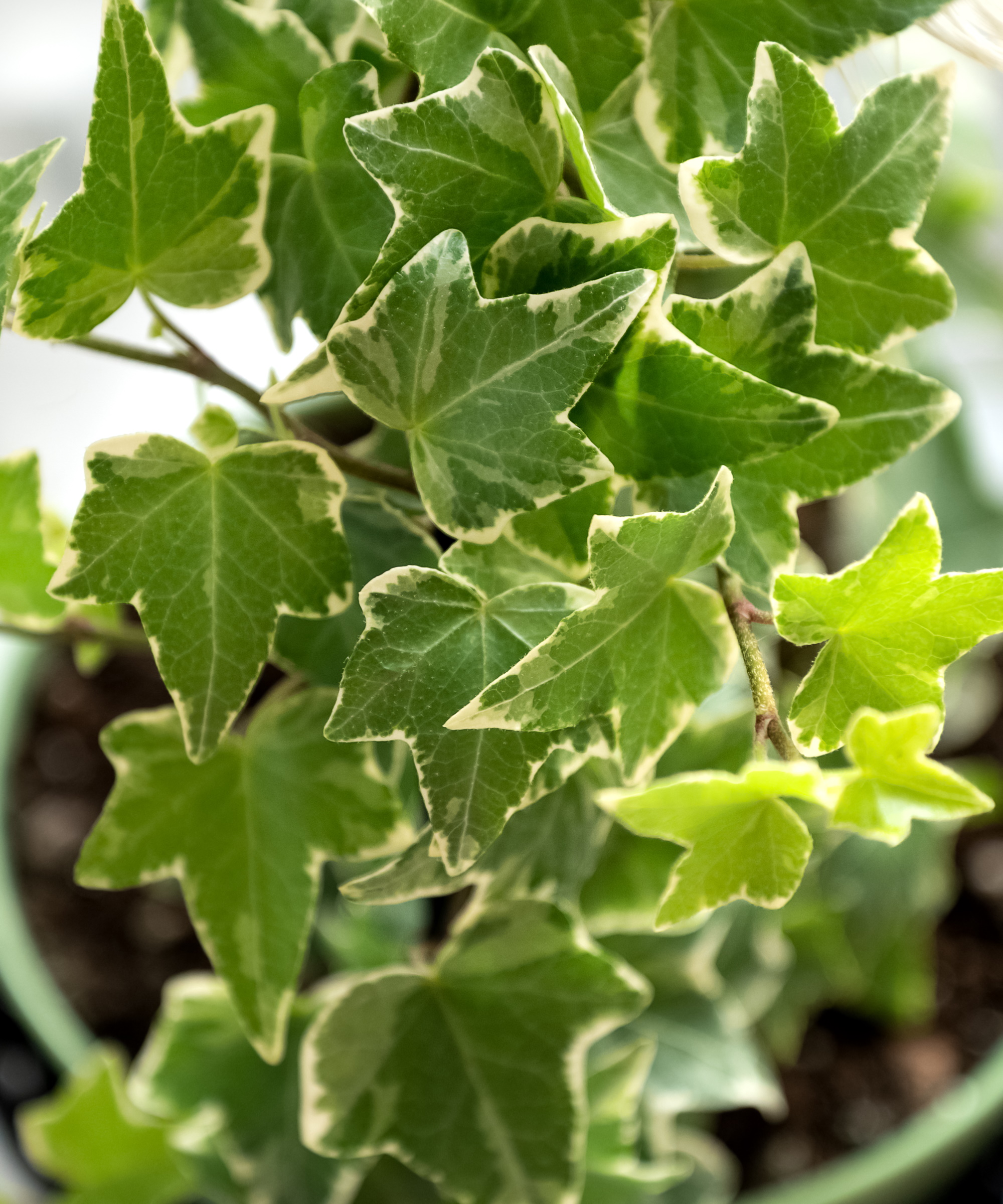
I love having indoor hanging plants as part of my houseplant display - the cascading foliage brings a touch of elegance. My ivy plant is a few years old and I have managed to give it a fuller look over time by taking cuttings from the end of vines, rooting them and replanting them in the same pot.
It's incredibly easy to propagate ivy in water - mine usually only takes a few days for roots to start appearing, even in the colder seasons. 'The fact that it tolerates cold in the winter makes it a good candidate for fall and winter propagation,' says Melvin.
One thing to note about successfully growing ivy from cuttings is to make sure to cut below a leaf node where you can see tiny aerial roots starting to develop. Likewise, make sure to refresh your propagation water every couple of days to keep it clean - not doing so is a water propagation mistake that can make your cuttings more susceptible to pests and diseases.
4. Mother of millions kalanchoe
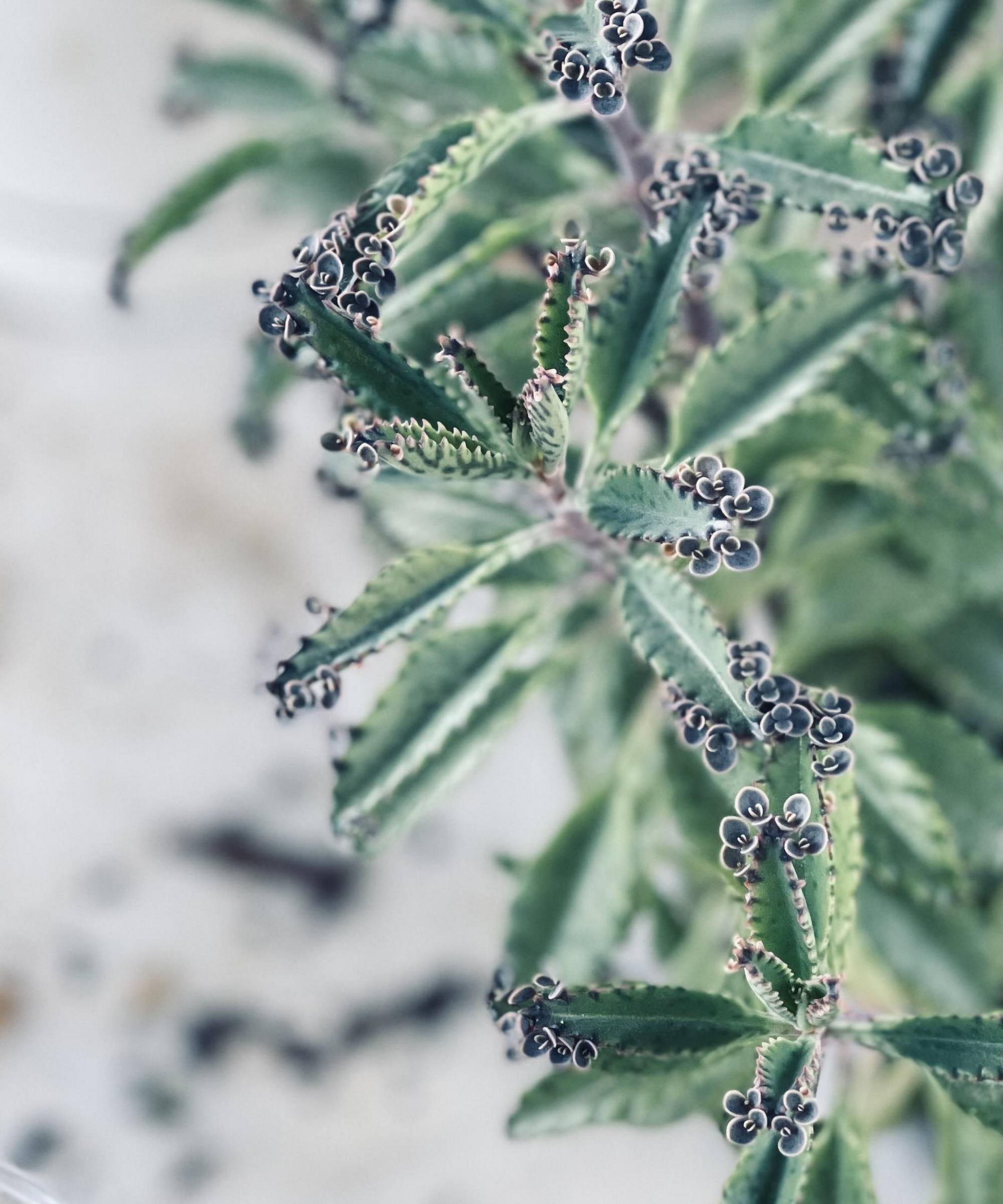
As the name indicates, mother of millions kalanchoe is a houseplant that loves to multiply, and it is most definitely an easy houseplants to propagate in fall and winter. The offshoots of this striking succulent can be found along the edges of the leaves, and they often fall and plant themselves into surrounding plant pots.
'The little rosette-like plantlets that grow on the leaf margins can be harvested and laid on top of a succulent soil mixture. In a matter of weeks, these should take roots and be ready to be planted in individual pots,' says Melvin.
'Additionally, each leaf, when cut with a little bit of stem, can be grown into a new plant. The same procedure can be done with other succulents such as echeveria, crassula, haworthia or sedum,' he adds.
When propagating succulents, it's important to provide them with sufficient warmth. You might find that a DIY indoor greenhouse helps you propagate your kalanchoe during the colder season, but these plants are generally quite self-sufficient when it comes to multiplying.
5. Monstera
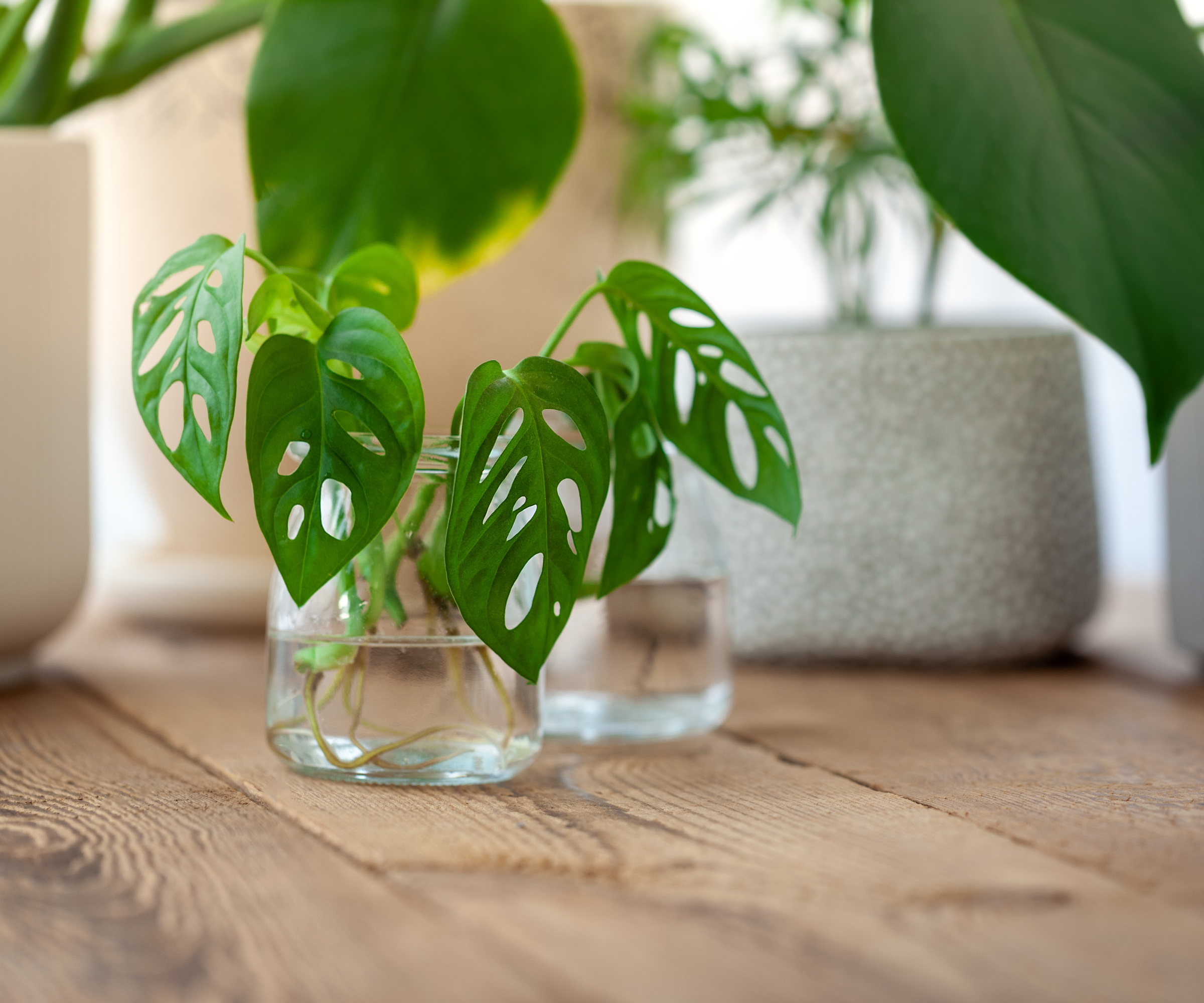
My prized possession is my Monstera deliciosa. This statement houseplant is loved by many plant parents for its large, fenestrated leaves.
'Despite its tropical origin, monsteras can still be propagated in fall and winter with simple and easy techniques,' says Melvin. There are a couple of different ways to propagate a monstera, but division works best during fall and winter.
Gently remove your monstera from its pot, taking care not to break any of its aerial roots and making sure to clear away any potting mix from its roots. Taking a sharp essential gardening tool, like this garden knife from Amazon, you can then divide your plant by separating the root ball. Replant the different sections of your monstera and continue to provide optimal care.
'When given bright, indirect light and a cozy environment, they can remain relatively active in winter, making division a successful technique,' Melvin adds.
6. Philodendron
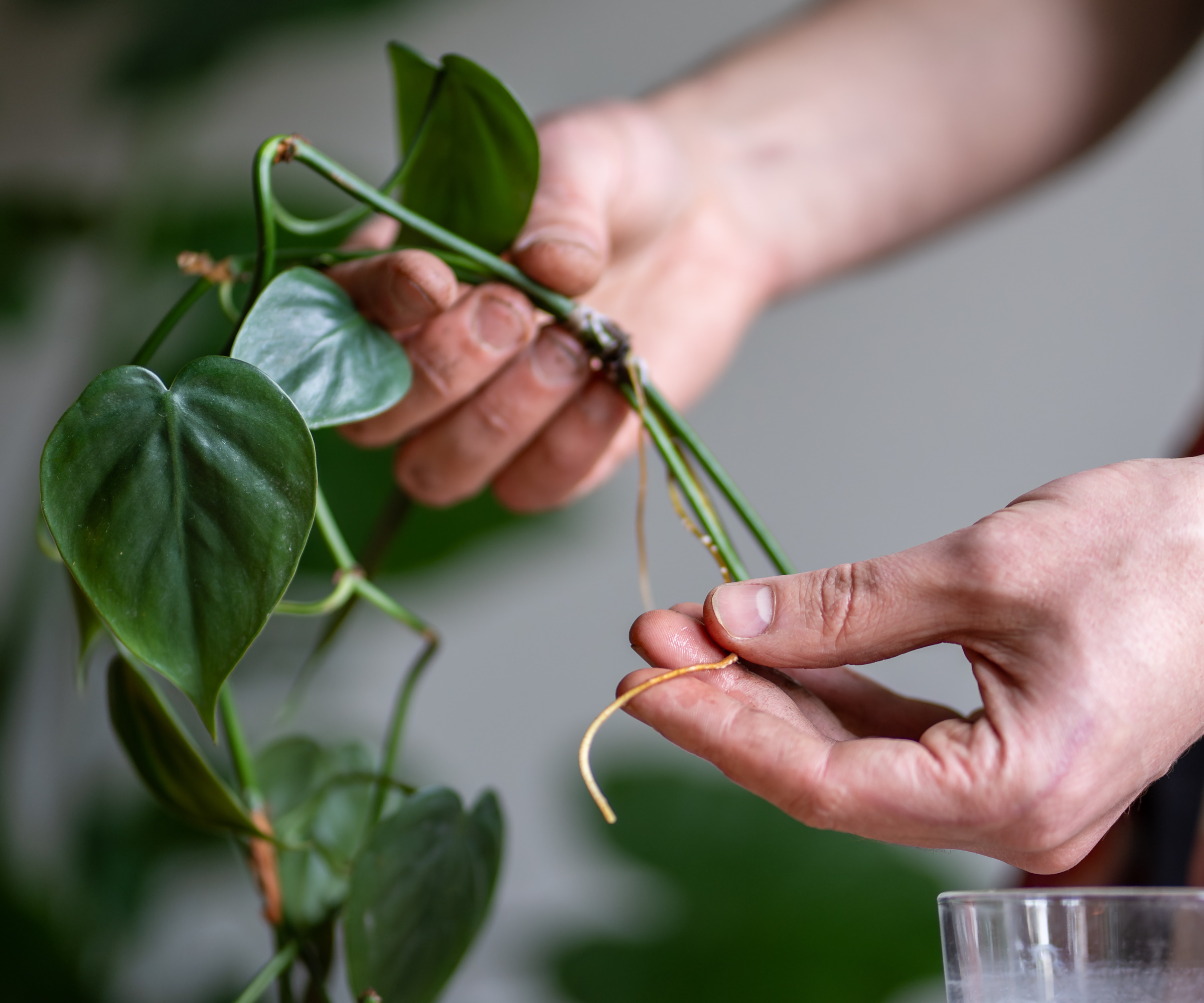
Another fast-growing trailer to have in your home, philodendrons can be quickly multiplied indoors at any time of year. It's most straightforward to propagate philodendrons by cuttings in soil or water.
'Snip a stem with at least one node and place it in water. Change the water regularly and soon enough you’ll see new roots forming,' says Lindsey Chastain. 'To help the process along in colder months, place the cutting near a sunny window but avoid direct sunlight,' she advises.
Philodendrons are sensitive to direct sunlight, which can cause leaf scorch and impact the pattern of variegated philodendrons. They also aren't among cold-tolerant houseplants, so avoid keeping your cuttings in drafty spots when rooting them during fall and winter.
7. Blue star fern
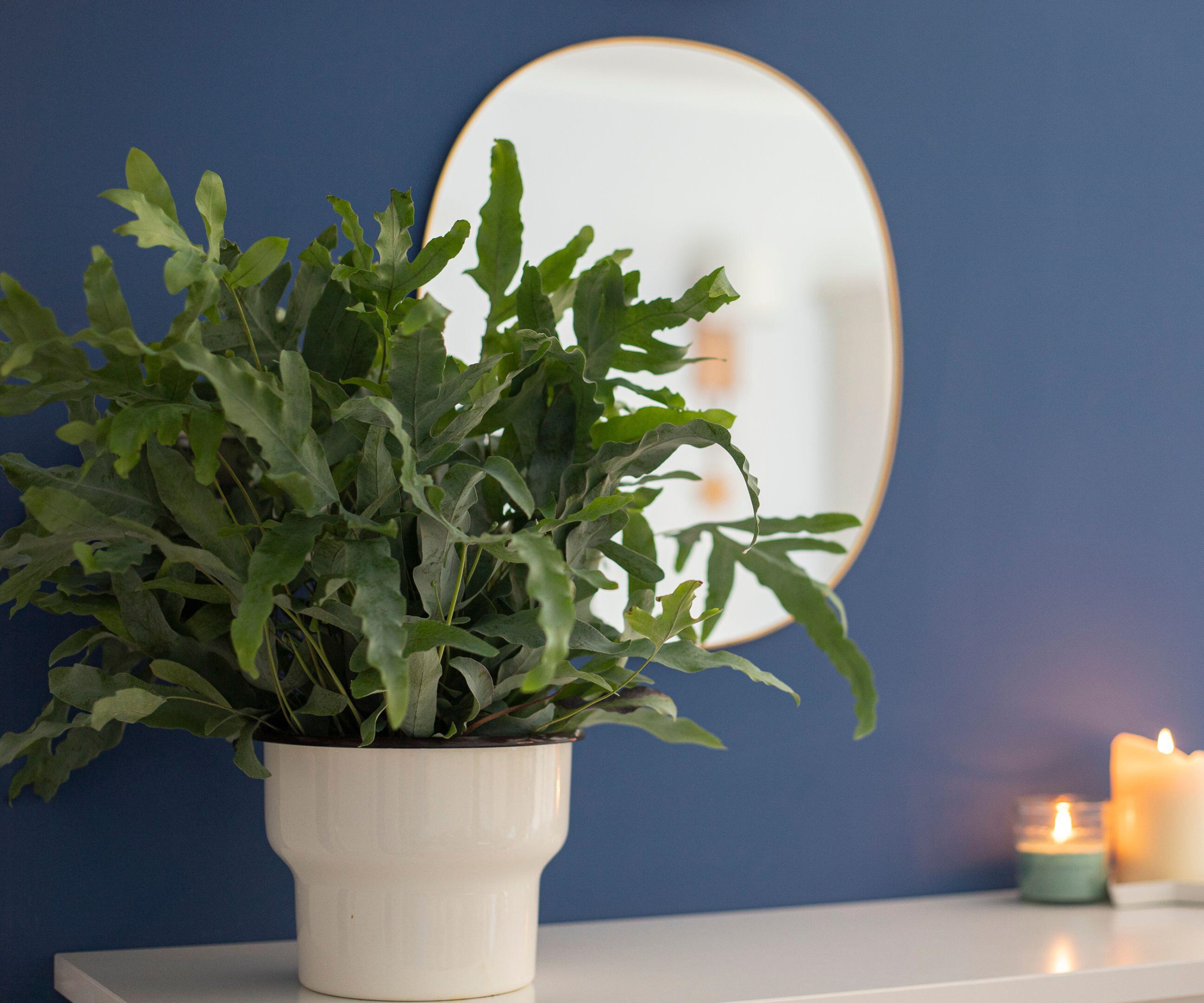
There are so many ferns to grow indoors that add soft texture and shape to your interiors, which is why you should propagate them to have more in your home. Blue star fern is a particularly hardy fern that is happy to be multiplied during the colder months.
'When a tropical indoor plant is propagated in the cold months, it can be quite contradicting, but it is still possible with some tricks,' advises Melvin. 'To propagate a blue star fern, select a dense or well-established plant that likely has chunky rhizomes underground. Rhizomes are underground storage stems that supply nutrients to the plant,' he explains.
Similar to dividing a monstera, you will need to gently remove your blue star fern from its pot, clean the roots of any potting mix and divide the root ball into sections that have a rhizome and a few shoots. Once you have potted up each new section, provide your blue star ferns with plenty of bright, indirect light and consistent moisture levels to help them establish in their new homes.
Shop plant propagation stations
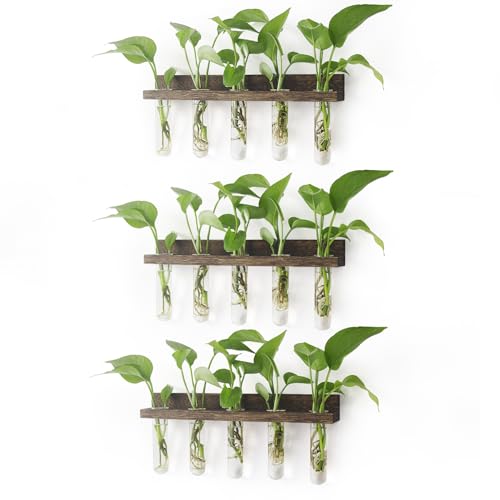
As a houseplant lover, being able to turn my plant cuttings into wall art is something I am desperate to do, and this contemporary hanging station would make that possible. It would look even better with lots of different plant varieties in it, styled to perfection for that original piece of botanical art.
FAQs
Why are my houseplant cuttings wilting?
There are a few things that can cause houseplant cuttings to wilt. This includes not enough warmth, moisture or light - the main components needed for cuttings to root and grow into new plants. If you find your cutting is wilting and not growing roots, it's a sign you need to make an adjustment to its growing environment. This is especially true when rooting cuttings during colder months, where room temperatures are lower and access to daylight is more limited.
Just remember that winter houseplant propagation can take longer than propagation in spring or summer. However, these are some of the easiest houseplants to propagate during the colder months, so you can keep adding to your collection.
Another key element of successful houseplant propagation is the care you provide your new plants. This includes using the best potting soil for indoor plants, which varies between different plants. For example, a propagated monstera does best in a porous potting mix, like sphagnum moss, while a propagated spider plant will grow well in a slightly heavier, but still well-draining, potting mix, like houseplant soil.
Sign up to the Homes & Gardens newsletter
Design expertise in your inbox – from inspiring decorating ideas and beautiful celebrity homes to practical gardening advice and shopping round-ups.

Tenielle is a Gardens News Writer at Homes & Gardens. She holds a qualification in MA Magazine Journalism and has over six years of journalistic experience. Before coming to Homes & Gardens, Tenielle was in the editorial department at the Royal Horticultural Society and worked on The Garden magazine. As our in-house houseplant expert, Tenielle writes on a range of solutions to houseplant problems, as well as other 'how to' guides, inspiring garden projects, and the latest gardening news. When she isn't writing, Tenielle can be found propagating her ever-growing collection of indoor plants, helping others overcome common houseplant pests and diseases, volunteering at a local gardening club, and attending gardening workshops, like a composting masterclass.
-
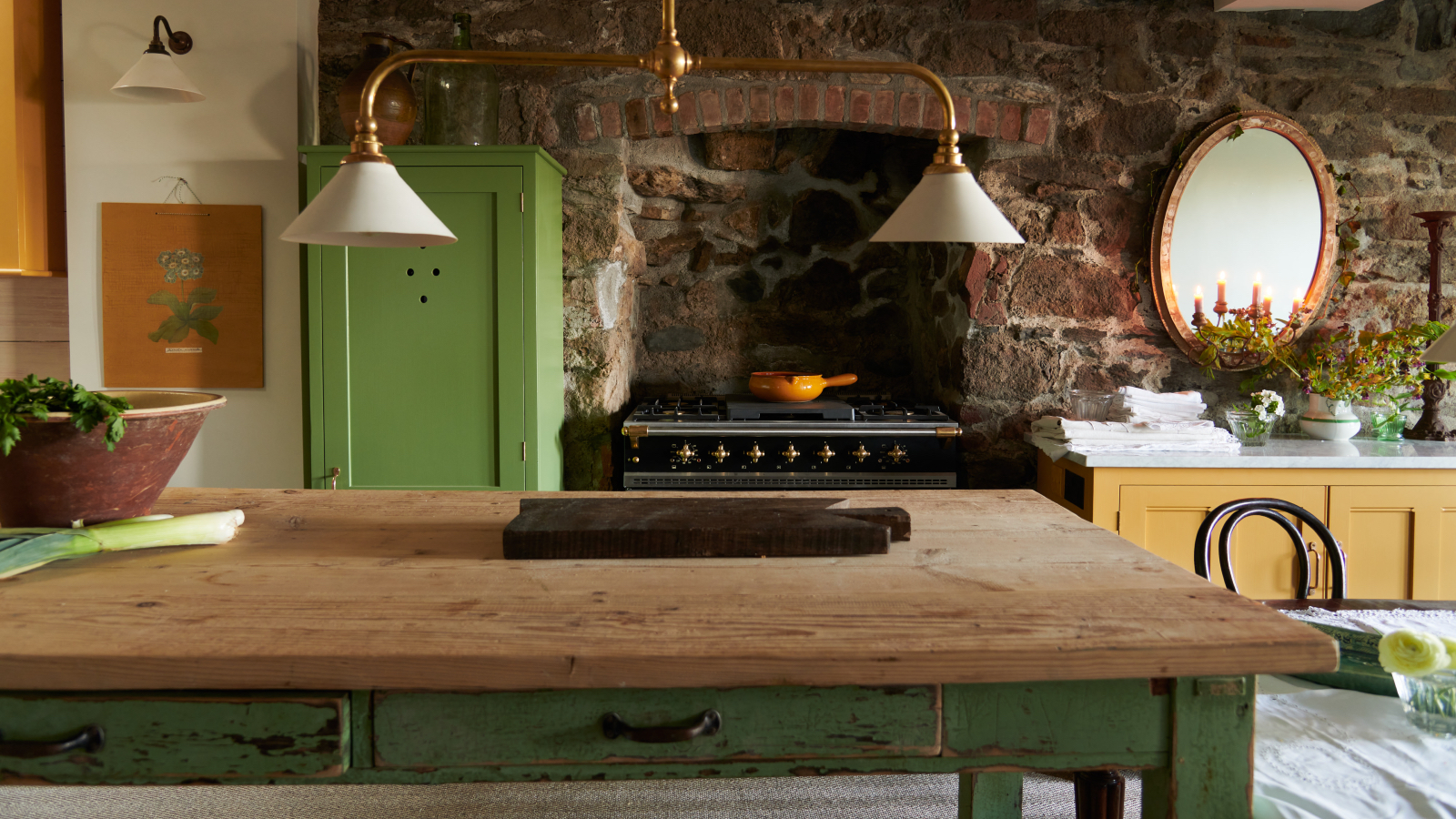 9 things you can clean with glycerin – this cheap and natural cleaner is perfect for indoor and outdoor use
9 things you can clean with glycerin – this cheap and natural cleaner is perfect for indoor and outdoor useFrom patio furniture to silverware, this hydrating and gentle cleaning agent will work miracles
By Ciéra Cree Published
-
 Martha Stewart's houses – inside her most iconic properties, from Cantitoe Corners to Turkey Hill
Martha Stewart's houses – inside her most iconic properties, from Cantitoe Corners to Turkey HillThe lifestyle guru built her legacy around her homes, some of which are the most recognized homes in modern American history – we explore her portfolio
By Megan Slack Published
-
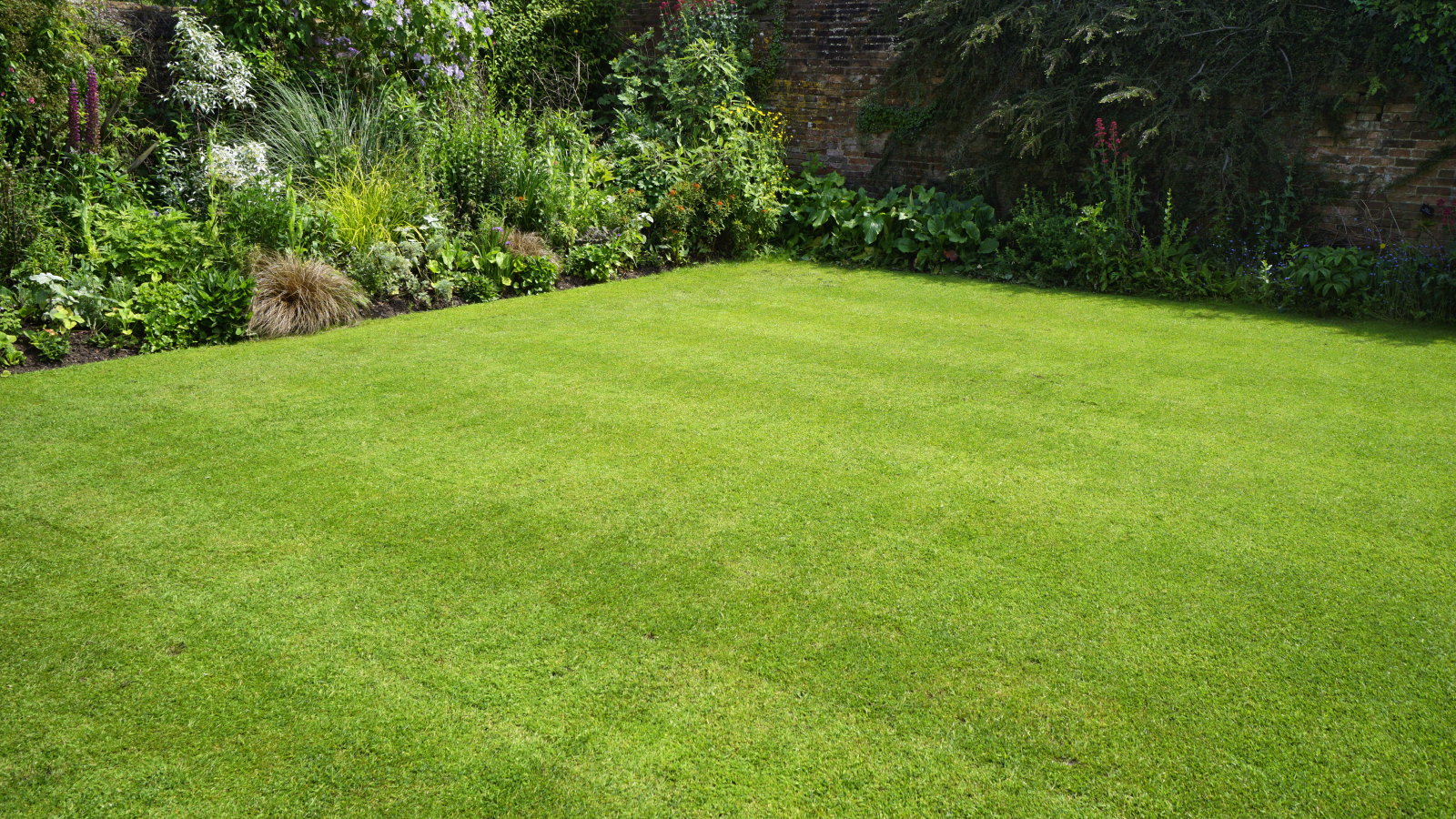 I'm a lawn care expert, and always do these 7 jobs in April to ensure thick, green grass all summer long
I'm a lawn care expert, and always do these 7 jobs in April to ensure thick, green grass all summer longTransform your lawn with these simple yet highly effective April lawn care tasks
By Drew Swainston Published
-
 Horticulturists urge you to prune these 7 plants in April – for healthy growth and better-than-ever flowering displays
Horticulturists urge you to prune these 7 plants in April – for healthy growth and better-than-ever flowering displaysDiscover a key selection of plants to cut back this month, with expert pruning advice
By Drew Swainston Published
-
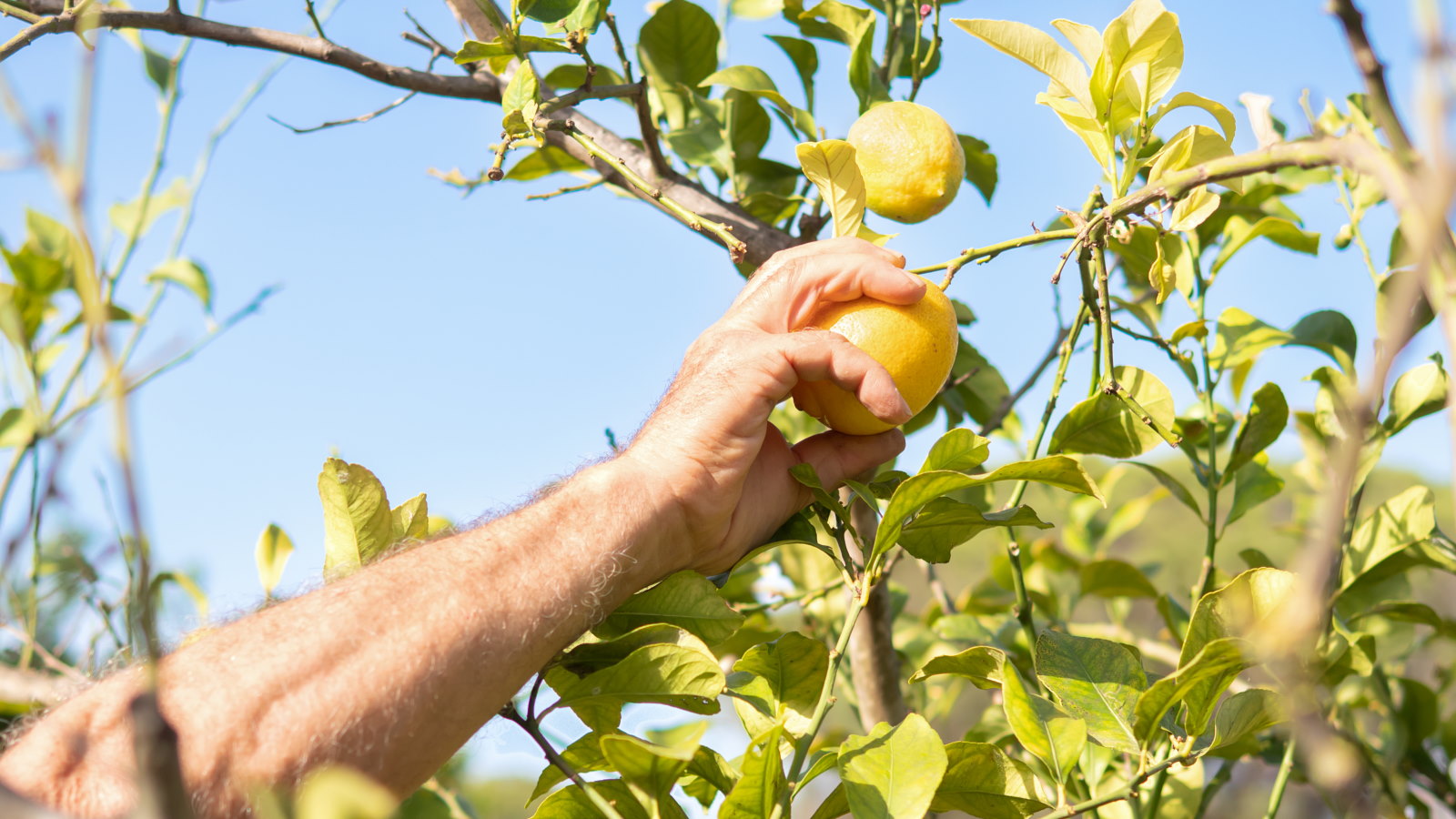 7 fruits to plant in April for years of tasty homegrown harvests, plus expert planting tips
7 fruits to plant in April for years of tasty homegrown harvests, plus expert planting tipsAn exceptional selection of fruit trees and soft fruit can be planted this month
By Drew Swainston Published
-
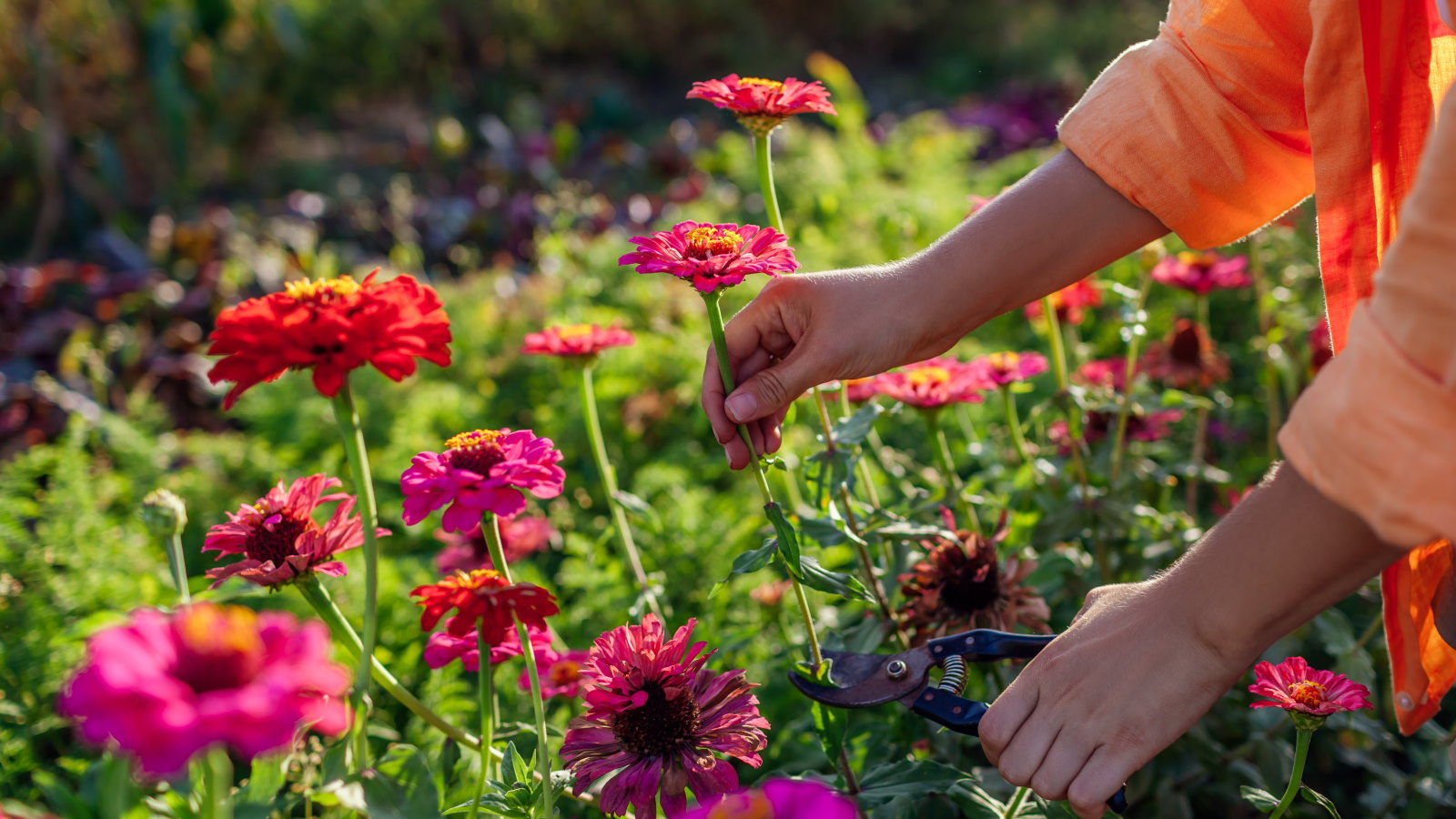 7 dazzling cut flowers to plant in April for bountiful blooms to enjoy in bouquets, vases, and displays this summer
7 dazzling cut flowers to plant in April for bountiful blooms to enjoy in bouquets, vases, and displays this summerDiscover sowing tips from an expert horticulturist
By Drew Swainston Published
-
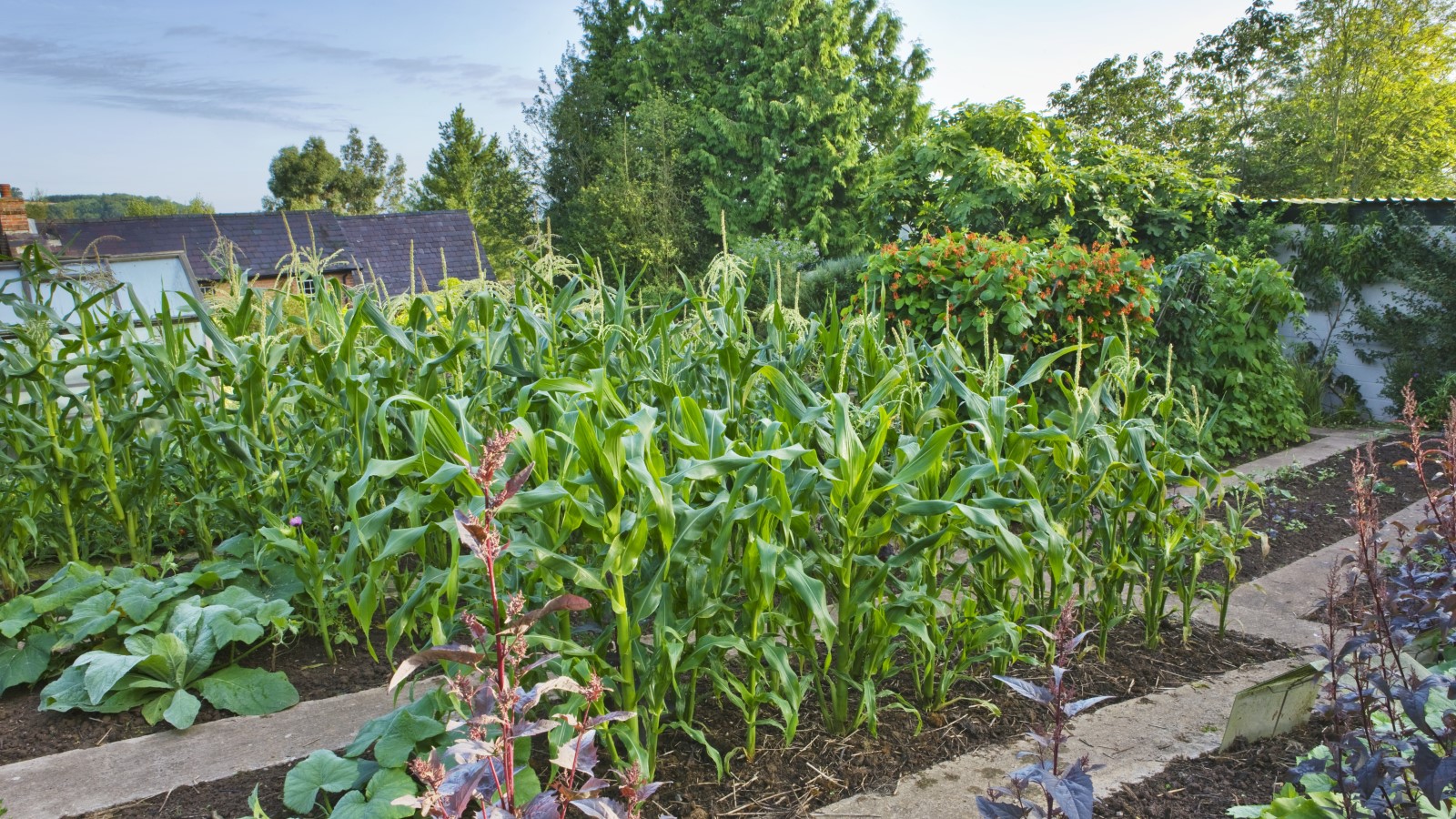 7 of the best vegetables to plant in April, with sowing tips from an experienced grower for bumper harvests
7 of the best vegetables to plant in April, with sowing tips from an experienced grower for bumper harvestsFrom broccoli to zucchini, April is a fantastic time to plant a wide range of vegetables
By Drew Swainston Published
-
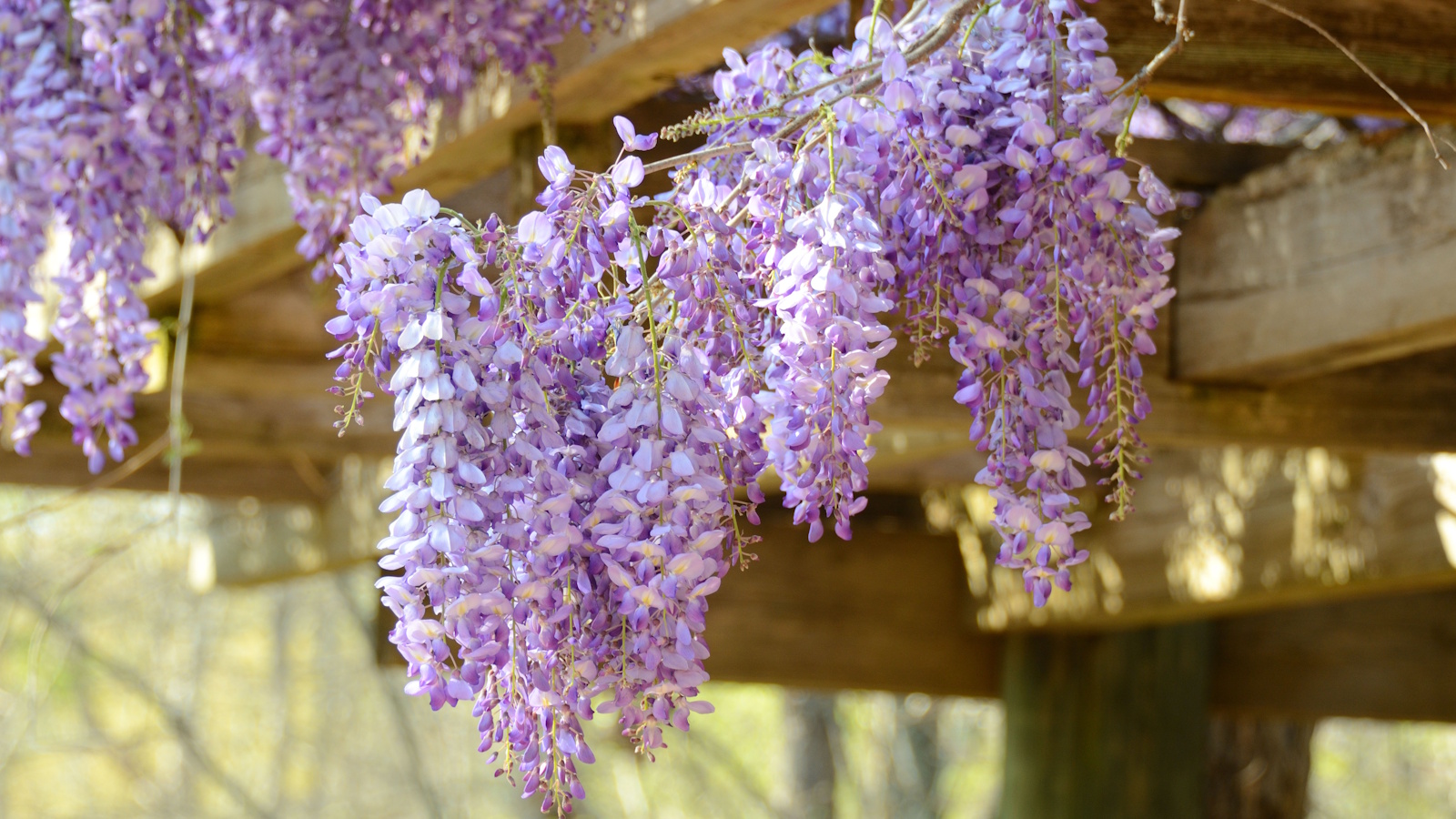 Best fragrant spring-flowering perennials – 5 charming choices to infuse delightful scent in your yard this season
Best fragrant spring-flowering perennials – 5 charming choices to infuse delightful scent in your yard this seasonSpring is full of so many beautiful aromas, uplifting our yards and making them an even more pleasant place to be
By Tenielle Jordison Published
-
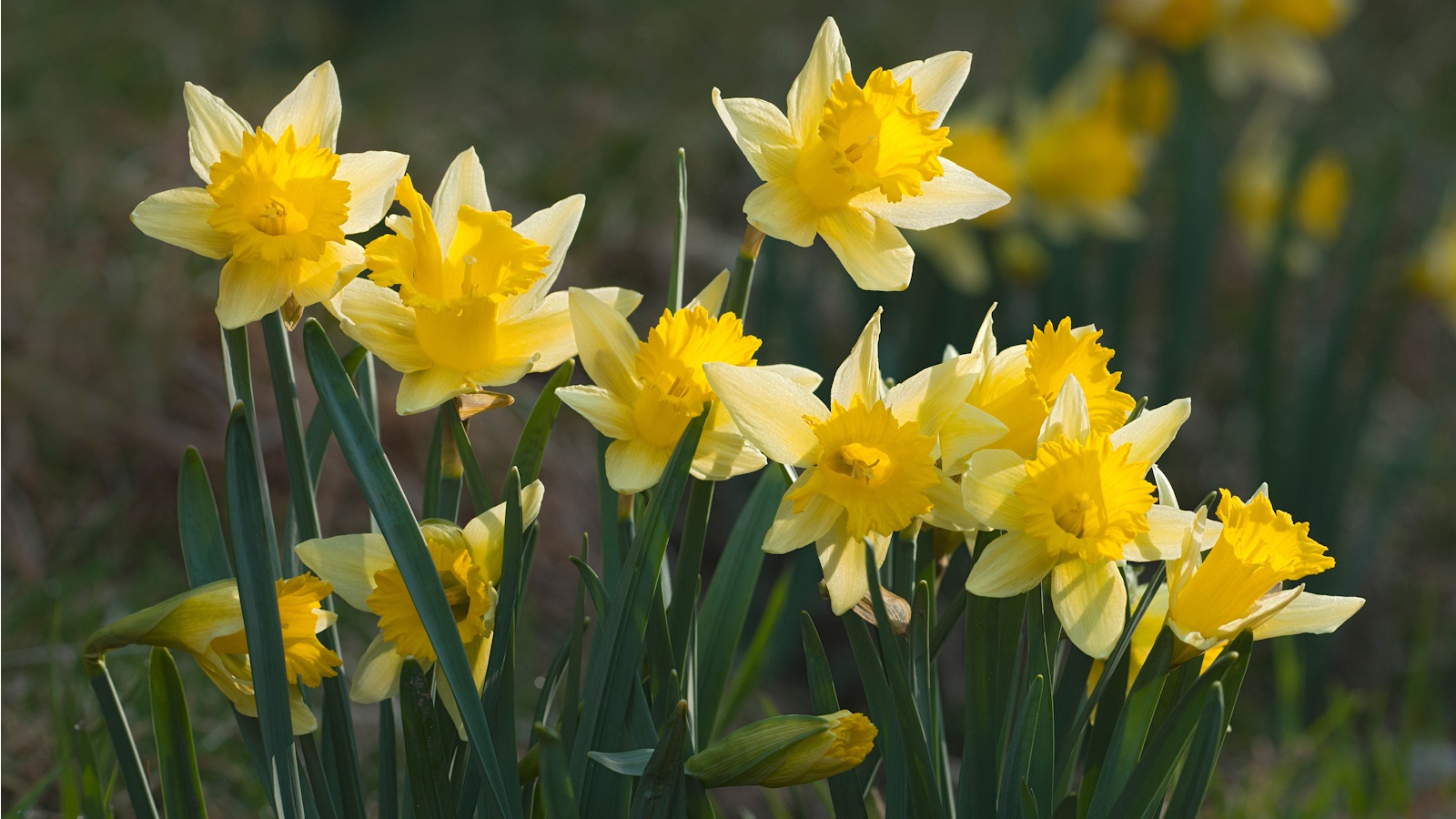 Is it too late to plant daffodil bulbs in March? Expert advice on making late planting a success
Is it too late to plant daffodil bulbs in March? Expert advice on making late planting a successThese stars of spring should be planted in fall, but that doesn't necessarily mean you've missed your opportunity once spring comes around
By Tenielle Jordison Published
-
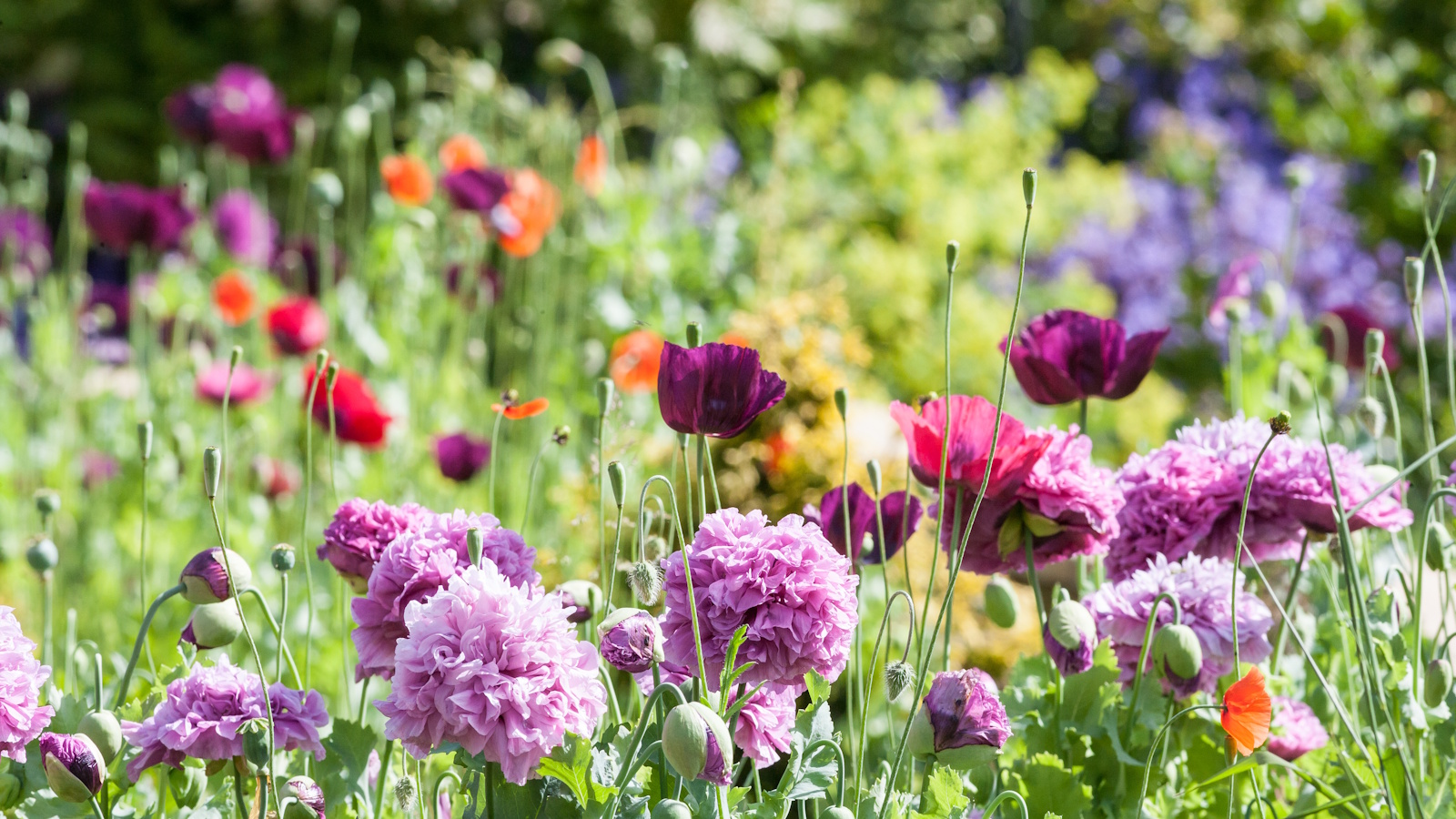 Do these 5 early-spring garden tasks right now, experts say, for an abundant growing season ahead
Do these 5 early-spring garden tasks right now, experts say, for an abundant growing season aheadNow is the perfect time to prepare your backyard for a successful gardening year
By Tenielle Jordison Published
